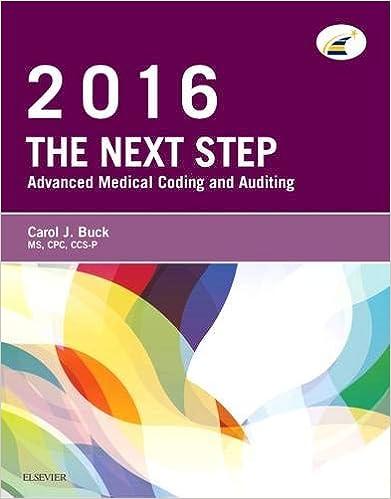
Question No. 4 HASF Corporation manufactures products A, B, and from a joint process. Joint costs are allocated on the basis of relative sales value at the end of the joint process. Additional information for HASF are as follows: B Total Units produced 12,000 8,000 4,000 24,000 Joint costs 144,000 60,000 36,000 240,000 Sales value before additional processing 240,000 100,000 60,000 400,000 Additional costs for further processing 28,000 20,000 12,000 60,000 Sales value if processed further 280,000 120,000 70,000 470,000 Required: a. Which, if any, of products A, B, and C should be processed further and then sold? (1 marks) b. Keeping in view the answer of "part a", write down your critical feedback to support your answer (Word limit Max 200) (1 marks) Q-4) (Marks-08) A Rose Is a Rose, but Only If It Is Fresh Supply chains for food and flowers must be fast, and they must be good. When the food supply chain has a problem, the best that can happen is the customer does not get fed on time, the worst that happens is the customer gets food poisoning and dies. In the floral industry, the timing and temperature are also critical. Indeed, flowers are the most perishable agricultural item even more so than fish. Flowers not only need to move fast, but they must also be kept cool, at a constant temperature of 33 to 37 degrees. And they must be provided preservative-treated water while in transit. Roses are especially delicate, fragile, and perishable. Eighty percent of the roses sold in the U.S. market arrive by air from rural Colombia and Ecuador. Roses move through this supply chain via an intricate but fast transportation network. This network stretches from growers who cut, grade, bundle, pack, and ship; to importers who make the deal; to the U.S. Department of Agriculture personnel who quarantine and inspect for insects, diseases, and parasites; to U.S. Customs agents who inspect and approve; to facilitators who provide clearance and labeling; to wholesalers who distribute; to retailers who anor and sell: and finally to the customer. Each and every minute the product is deteriorating. Activa Question No. 4 HASF Corporation manufactures products A, B, and from a joint process. Joint costs are allocated on the basis of relative sales value at the end of the joint process. Additional information for HASF are as follows: B Total Units produced 12,000 8,000 4,000 24,000 Joint costs 144,000 60,000 36,000 240,000 Sales value before additional processing 240,000 100,000 60,000 400,000 Additional costs for further processing 28,000 20,000 12,000 60,000 Sales value if processed further 280,000 120,000 70,000 470,000 Required: a. Which, if any, of products A, B, and C should be processed further and then sold? (1 marks) b. Keeping in view the answer of "part a", write down your critical feedback to support your answer (Word limit Max 200) (1 marks) Q-4) (Marks-08) A Rose Is a Rose, but Only If It Is Fresh Supply chains for food and flowers must be fast, and they must be good. When the food supply chain has a problem, the best that can happen is the customer does not get fed on time, the worst that happens is the customer gets food poisoning and dies. In the floral industry, the timing and temperature are also critical. Indeed, flowers are the most perishable agricultural item even more so than fish. Flowers not only need to move fast, but they must also be kept cool, at a constant temperature of 33 to 37 degrees. And they must be provided preservative-treated water while in transit. Roses are especially delicate, fragile, and perishable. Eighty percent of the roses sold in the U.S. market arrive by air from rural Colombia and Ecuador. Roses move through this supply chain via an intricate but fast transportation network. This network stretches from growers who cut, grade, bundle, pack, and ship; to importers who make the deal; to the U.S. Department of Agriculture personnel who quarantine and inspect for insects, diseases, and parasites; to U.S. Customs agents who inspect and approve; to facilitators who provide clearance and labeling; to wholesalers who distribute; to retailers who anor and sell: and finally to the customer. Each and every minute the product is deteriorating. Activa








